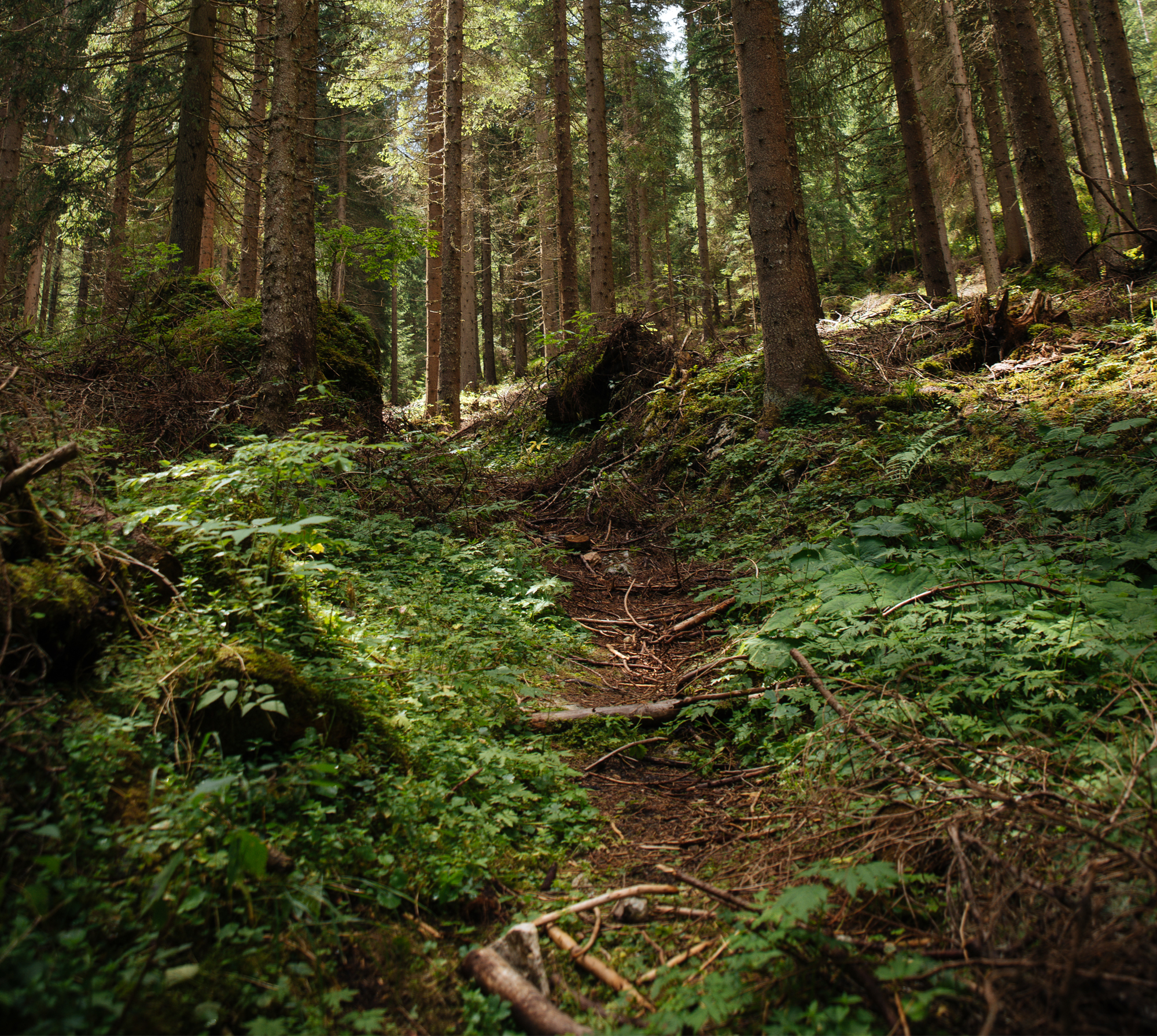
Knottiness of spruce stems from the Dolomites as the basis for distinguishing quality zones in roundwood
Autorzy
-
Anna Barszcz
Agricultural University, Faculty of Forestry, Department of Forest and Wood Utilization
Al. 29 Listopada 46, 31-425 Kraków, Poland
phone: +48 012 662 50 85, fax: +48 12 633 62 45
e-mail: rlbarszcz@cyf-kr.edu.pl -
Anna Sandak
IVALSA/CNR Trees and Timber Institute
38010 San Michele all Adige, via Biasi 75, Italy
phone: +39 0461 660 202
e-mail: sandak@ivalsa.cnr.it -
Jakub Sandak
IVALSA/CNR Trees and Timber Institute
38010 San Michele all Adige, via Biasi 75, Italy
phone: +39 0461 660 202
e-mail: sandak@ivalsa.cnr.it
Abstract
The study was conducted on 9 sample of Norway spruce [Picea abies (L.) Karst] trees, aged 150 years, from three upper subalpine stands in the region of the Dolomites. The knots were classified into three categories of healthiness and three categories of intergrowth with the surrounding wood. Differences in diameters and relative diameters of knots classified into three categories of healthiness and three categories of intergrowth with the surrounding wood was shown on a merchantable bole divided into 10 equal sections.
The frequency of occurrence of knots under the analysed categories was the basis for distinguishing zones of different quality on the examined spruce stems. Healthy and intergrown knots occurring mainly in the upper half of tree stems prevailed. Rotten and not intergrown knots occurred mainly in the section 0.2 to 0.5 of the merchantable bole length. The research results may be of practical importance for the wood processing industry, as the knot structure in roundwood affects the quality of P. abies sawn timber.
| DOI | |
|---|---|
| Source | Folia Forestalia Polonica, Series A – Forestry |
| Print ISSN | 0071-6677 |
| Online ISSN |
2199-5907 |
| Type of article |
original article |
| Original title |
Knottiness of spruce stems from the Dolomites as the basis for distinguishing quality zones in roundwood |
| Publisher | The Committee on Forestry Sciences and Wood Technology of the Polish Academy of Sciences and the Forest Research Institute in Sekocin Stary |
| Date | 18/06/2010 |

